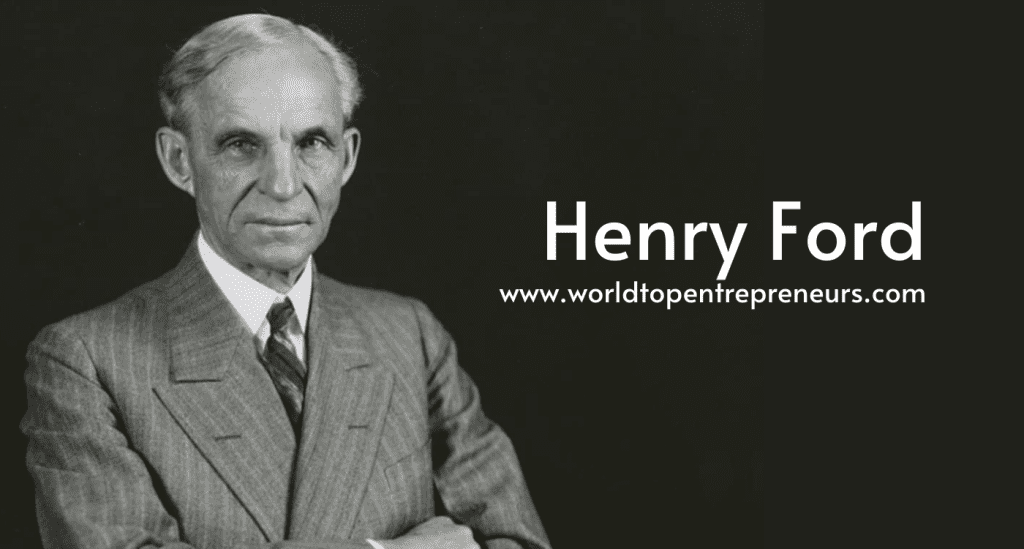Introduction
When the history of the automobile is written, the name Karl Benz is inextricably linked with the very origins of the industry. As the founder of Benz & Cie., Benz not only pioneered the development of the motor car but also set in motion an industrial revolution that would change the way people live, work, and travel. His innovations laid the foundation for what would become one of the world’s leading automotive companies, Mercedes-Benz. This article explores Karl Benz’s remarkable journey, his groundbreaking achievements, and his enduring legacy in the automotive world.
Early Life and Education
Karl Friedrich Michael Vaillant was born on November 25, 1844, in Mühlburg, Germany, a suburb of Karlsruhe. Raised in a modest family, his mother, Josephine Vaillant, was a skilled lace maker, and his father, Johann Georg Benz, was a locomotive driver who died when Karl was just two years old. This early loss deeply affected Karl and his mother, but it also instilled in him a sense of resilience and determination.
Despite their financial struggles, Karl Benz’s mother was determined to provide her son with a good education. Benz attended the Karlsruhe Polytechnic School, where he studied mechanical engineering. His academic journey was marked by a strong focus on technical subjects and a growing fascination with the potential of engines and mechanical systems.
Early Career and Entrepreneurial Spirit
After completing his education, Benz embarked on his career in engineering, working for various companies and gaining practical experience in mechanical and electrical engineering. His early career was characterized by a blend of hard work and a drive to innovate, which would later become hallmarks of his entrepreneurial spirit.
In 1871, Benz, along with his business partners August Ritter and Friedrich E. E. Schloemann, founded a company named Benz & Cie. The firm initially focused on building stationary engines for industrial applications. However, Benz’s vision extended far beyond stationary engines; he was determined to develop a practical motor vehicle.
The Birth of the Automobile
Karl Benz’s ambition to create a self-propelled vehicle was not just a personal dream but a revolutionary idea that would alter the course of transportation history. Benz’s dedication and ingenuity led him to invent the Benz Patent-Motorwagen, which is widely regarded as the world’s first practical automobile.
In December 1885, Benz completed the Motorwagen, which featured a single-cylinder four-stroke engine and a top speed of approximately 10 miles per hour. The vehicle was a marvel of engineering, with a rear-mounted engine, three wheels, and a design that incorporated innovative features such as a differential gear and a steering system. The Motorwagen was a significant departure from earlier steam-powered vehicles, which were bulky and cumbersome.
The first public demonstration of the Motorwagen took place in Mannheim, Germany, in January 1886. The event was met with a mixture of awe and skepticism, as the idea of a self-propelled vehicle was still a novelty to many. However, the Motorwagen’s successful operation and performance marked a turning point in automotive history.
Challenges and Triumphs
The journey to establishing Benz & Cie. as a leading automotive company was fraught with challenges. Benz faced numerous obstacles, including technical difficulties, financial constraints, and resistance from a public that was initially skeptical about the practicality of motor vehicles.
One of the early challenges Benz encountered was the need to secure funding for his ambitious projects. Despite his groundbreaking work, financial support was limited, and Benz had to navigate a complex landscape of investors and creditors. However, his persistence and dedication paid off, and he gradually gained the support needed to advance his innovations.
Another challenge was the technical refinement of the Motorwagen. Benz’s early designs required continual improvements to address issues related to reliability, performance, and safety. Through rigorous testing and experimentation, Benz and his team were able to overcome these challenges and enhance the vehicle’s functionality.
Despite these challenges, Karl Benz achieved significant triumphs that solidified his position as a pioneer in the automotive industry. The success of the Motorwagen and the subsequent introduction of improved models garnered widespread recognition and established Benz & Cie. as a leading manufacturer of automobiles.
The Growth of Benz & Cie.
As Benz & Cie. continued to innovate and refine its products, the company experienced significant growth. The success of the Motorwagen led to increased demand for automobiles, and Benz & Cie. became one of the leading automotive manufacturers in Europe.
In 1890, Benz introduced the Benz Velo, a more affordable and practical vehicle designed for everyday use. The Velo was a lightweight and efficient car that appealed to a broader market, further establishing Benz & Cie. as a key player in the automotive industry.
The company’s success was also fueled by its commitment to continuous innovation. Benz & Cie. introduced a range of technological advancements, including improved engines, better suspension systems, and enhanced safety features. These innovations contributed to the company’s reputation for quality and reliability.
Legacy and Impact on the Automotive Industry
Karl Benz’s contributions to the automotive industry have had a profound and lasting impact. His pioneering work laid the foundation for modern automobile engineering and manufacturing, and his innovations continue to influence the design and development of vehicles today.
One of Benz’s most significant legacies is the development of the internal combustion engine, which remains the cornerstone of modern automotive technology. Benz’s early designs and improvements to engine performance set the stage for future advancements and innovations in the industry.
Benz’s emphasis on practical and reliable vehicles also shaped the evolution of automobile design. His focus on creating vehicles that were both functional and accessible to a wider audience contributed to the growth of the automotive market and the democratization of personal transportation.
The success of Benz & Cie. also paved the way for future advancements in the automotive industry. The company’s growth and innovations inspired other engineers and manufacturers to explore new possibilities in vehicle design and technology. Benz’s influence can be seen in the continued evolution of automobiles and the ongoing pursuit of excellence in the industry.
Personal Life and Legacy
Karl Benz’s personal life was marked by a deep commitment to his work and his family. In 1872, Benz married Bertha Ringer, a woman who would play a crucial role in his success. Bertha was a supportive partner who shared Benz’s vision and provided invaluable assistance in promoting his work. Her contributions included financing his projects and advocating for the benefits of motor vehicles.
The Benz family’s dedication to the automotive industry extended beyond Karl’s lifetime. The couple’s children, Eugen and Richard, were actively involved in the family business and continued to advance Benz’s legacy. The family’s commitment to innovation and excellence played a key role in the continued success of Benz & Cie.
Karl Benz passed away on April 4, 1929, at the age of 84. His death marked the end of an era, but his legacy lived on through his groundbreaking work and the continued success of Benz & Cie., which would eventually merge with Daimler-Motoren-Gesellschaft to become Mercedes-Benz.
The Evolution of Mercedes-Benz
The merger of Benz & Cie. with Daimler-Motoren-Gesellschaft in 1926 resulted in the formation of Mercedes-Benz, a name synonymous with automotive excellence. The new company combined the innovative spirit of Karl Benz with the engineering expertise of Gottlieb Daimler and Wilhelm Maybach.
Under the Mercedes-Benz brand, the company continued to push the boundaries of automotive technology and design. The legacy of Karl Benz is evident in the company’s commitment to innovation, quality, and performance. Mercedes-Benz remains a global leader in the automotive industry, known for its luxury vehicles, advanced technology, and dedication to excellence.
Conclusion
Karl Benz’s journey from a pioneering engineer to the founder of Benz & Cie. is a testament to his vision, ingenuity, and perseverance. His contributions to the automotive industry have had a lasting impact, shaping the way we travel and transforming the world of transportation.
Through his groundbreaking work on the Motorwagen and his commitment to continuous innovation, Karl Benz set the stage for the future of automobiles. His legacy lives on through the continued success of Mercedes-Benz and the ongoing advancements in automotive technology.
Karl Benz’s story is an inspiring example of how a single individual’s passion and dedication can drive transformative change and leave a lasting mark on the world. His innovations and achievements continue to inspire engineers, entrepreneurs, and automotive enthusiasts, ensuring that his legacy endures for generations to come.





















